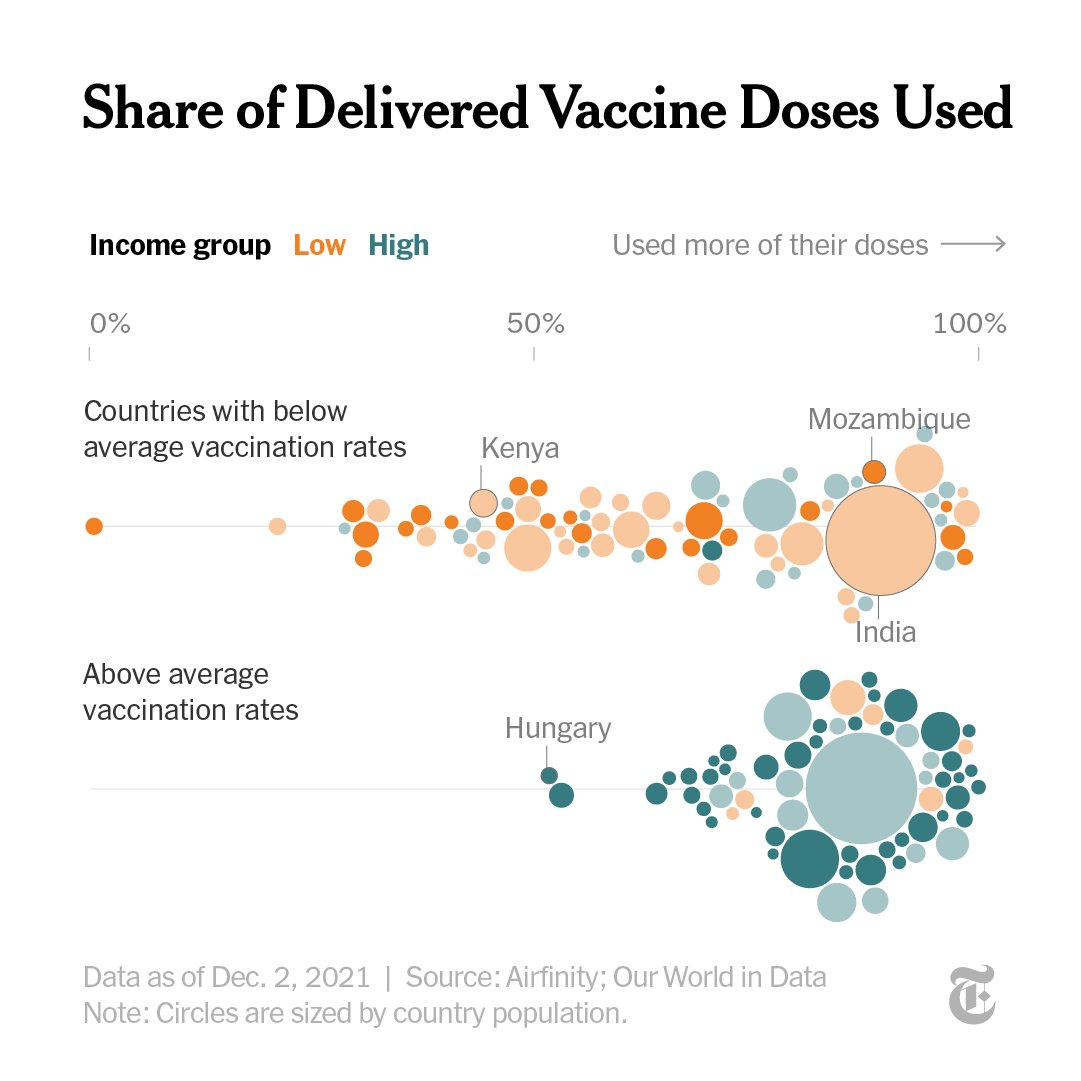
In the months before his assassination, President Jovenel Moïse of Haiti was about to destroy crime syndicates and name names. nyti.ms/3oNAnFb
Moïse took steps to clean up Haiti’s customs department, nationalize a seaport with a history of smuggling, destroy an airstrip used by drug traffickers and investigate money laundering in the lucrative eel trade. nytimes.com/2021/12/12/wor…
These are the key figures in this story nytimes.com/2021/12/12/wor… 

@Abihabib interviewed over 70 people and criss-crossed the country to fill in the details of the last seven months of the president’s life leading up to his death.
nytimes.com/2021/12/12/wor…
nytimes.com/2021/12/12/wor…
• • •
Missing some Tweet in this thread? You can try to
force a refresh









